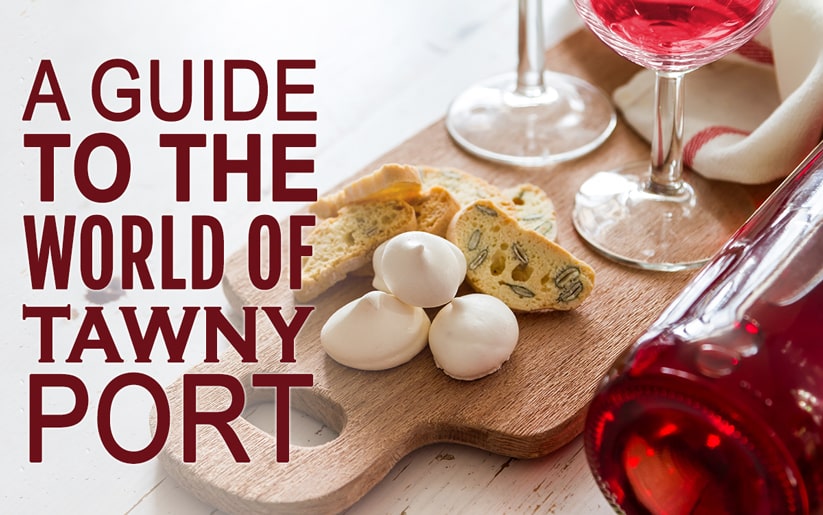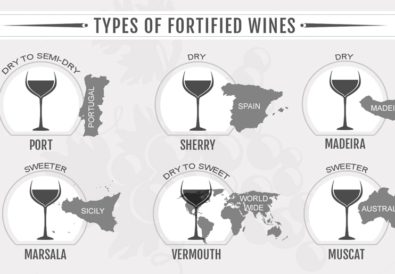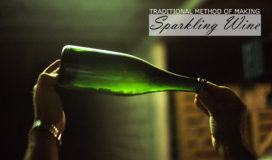Fortified wine, a style no wine lover would want to miss upon, it’s produced using a unique winemaking process in which spirits are added to the drink, resulting in higher alcohol content. Why add another spirit to the wine in the first place? Earlier wines were stored in casks before bottling. During sea voyages, they would oxidize and thus, turn into vinegar. So, other spirits were added to prevent oxidation which also meant increased alcohol content. Eventually, it became a method of choice, widely practised for making fortified wines. Today, we are going to talk about one of the fortified wines—Tawny Port.
Port wines, as the name suggests, are Portuguese fortified wines, made using both red and white grapes. Tawny Port is made with red grapes—Touriga Nacional, Touriga Franca, Tinto Roriz, Tinta Barocca and Tinto Cão, etc. Apart from this, ruby Port and rosé Port are among some other widely-produced red Port wine styles.
Winemaking Process
After the grapes are harvested and destemmed, they undergo fermentation process during which the yeast converts sugar into alcohol. As the wine attains the desired sugar level, the process is stopped with the addition of spirits (The yeast cannot sustain high alcohol level). For Tawny Port, winemakers follow a common practice of adding aguardiente Vinica resulting in 18-20% ABV. With the addition of spirits, Port wines need time to develop and hence are oak-aged for at least 7 years.
Colour, Age and Flavours
The colour may vary from ruby-red to brick-red and amber or mahogany. It depends on the time period for which it has been aged. You may often find the vintage mentioned on the label as 10, 20 or 30 years. Since its a blend of various vintages, an average is taken to represent the age.
Tawny Port reveals a signature nutty flavour that is a result of oxygen exposure. Other flavours include raspberry, hazelnut, caramel, cinnamon, fig and cloves. Although commonly produced as a blend of various vintages, some winemakers may craft a single-vintage Tawny Port, called Colheita, that is released after 10 years of aging.
Food Pairing
This sweet wine can be enjoyed with pecan pie, cheesecake, chocolate cake or almond biscotti. It also pairs well with aged Cheddar cheese and Pecorino.
That was all on Tawny Port. Check out our blog post, Different Types of Fortified Wines to know more about these beauties.















